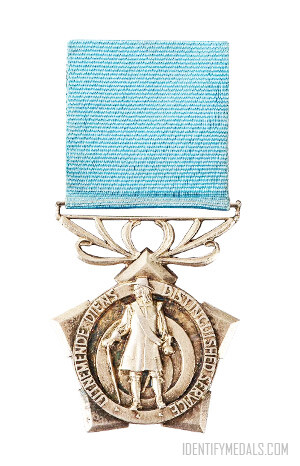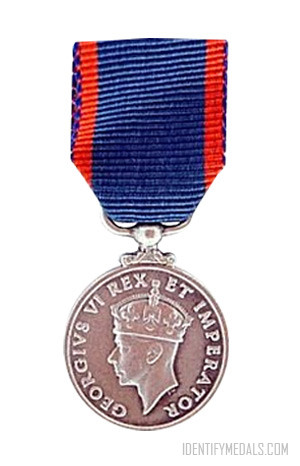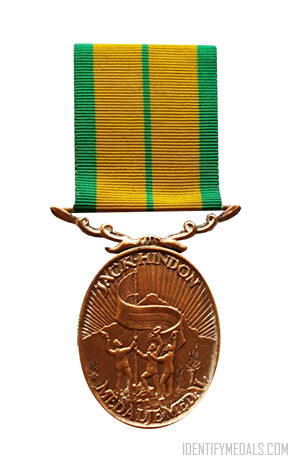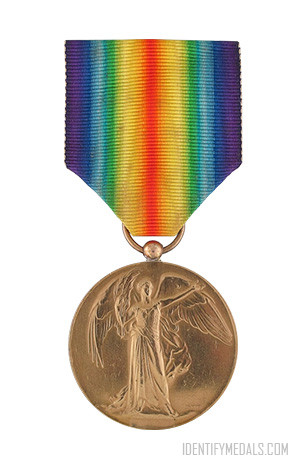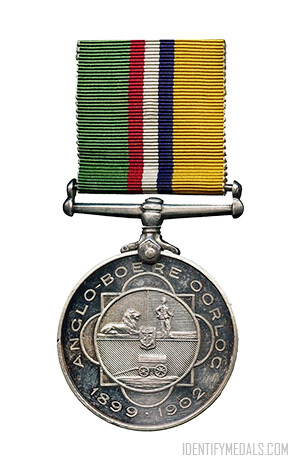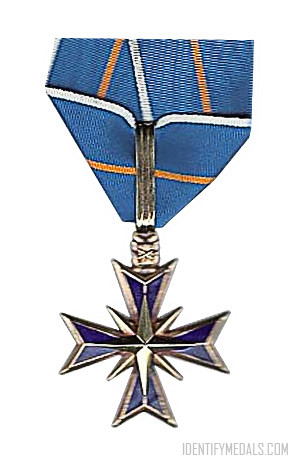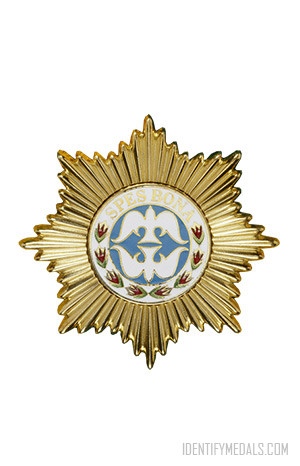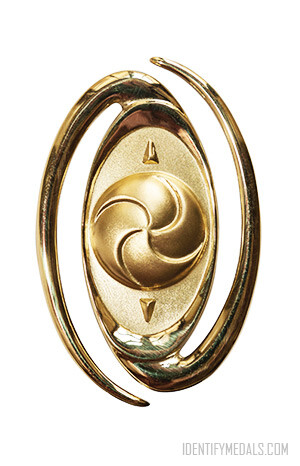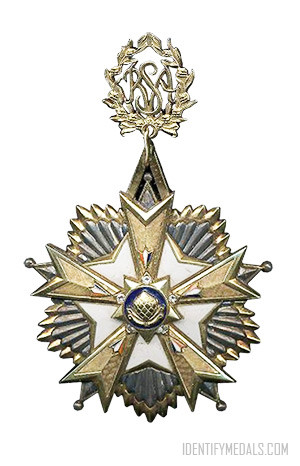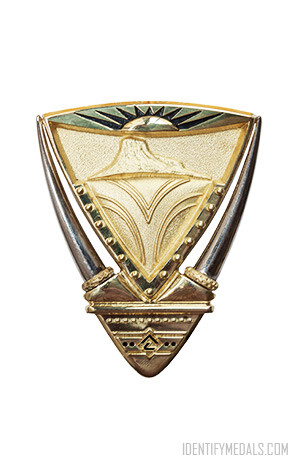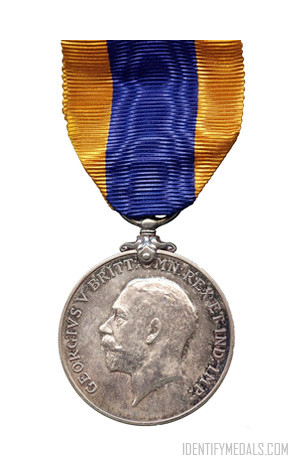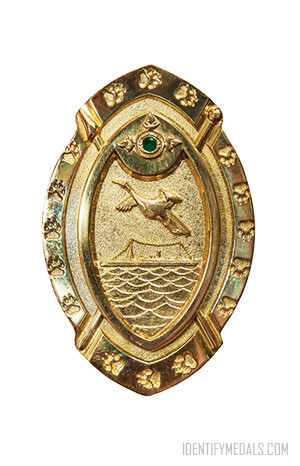- Time Period: Post-WW2
- Institution: 6 April 1952
- Country: South Africa
The Van Riebeeck Decoration, designated by the post-nominal letters DVR, is a South African military honor for acts of bravery, established by the Union of South Africa in 1952. It was conferred upon officers for distinguished service in combat against an adversary.
The Van Riebeeck Decoration was established by Queen Elizabeth II on April 6, 1952, coinciding with the Tercentenary Van Riebeeck Festival. Originally, the logical post-nominal letters would have been VRD. However, these letters were already assigned to the Decoration for Officers of the Royal Naval Volunteer Reserve, which had also been conferred upon South Africans. Therefore, the letters DVR were selected instead.
Only two decorations were ever awarded, both in 1972.
The Van Riebeeck Decoration Design
Crafted in silver-gilt, the Van Riebeeck Decoration takes the form of the five-pointed outline of the Castle of Good Hope, fitting within a 38-millimeter diameter circle. The suspension features a cluster of eight protea leaves. In relief, the statue of Jan van Riebeeck, located in the Heerengracht in Cape Town, is depicted against a backdrop of three rings representing Van Riebeeck’s ships. The outer ring is inscribed “UITNEMENDE DIENS” on the left and “DISTINGUISHED SERVICE” on the right.
The reverse side displays the pre-1994 South African Coat of Arms. Versions produced before May 31, 1961, bore Queen Elizabeth II’s royal cipher (E II R) above the coat of arms, which was subsequently removed from subsequent awards.
Measuring 32 millimeters wide, the ribbon is sky blue in color.

